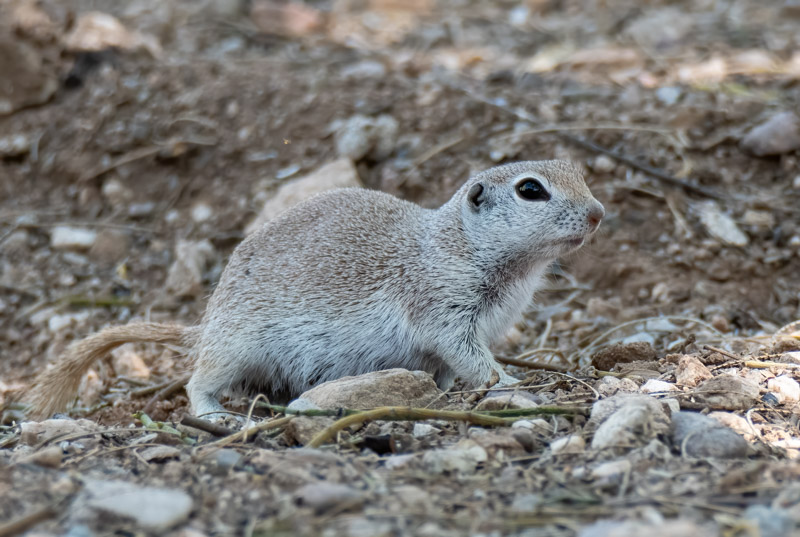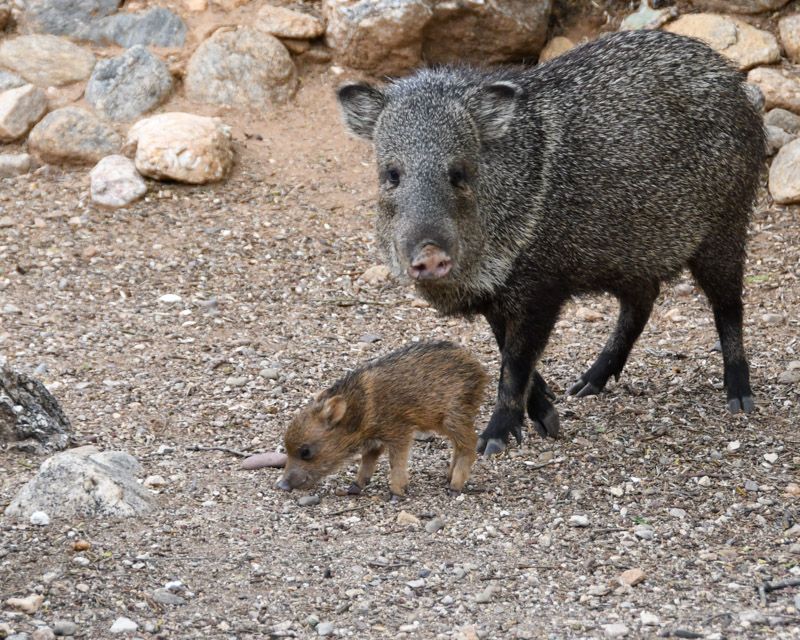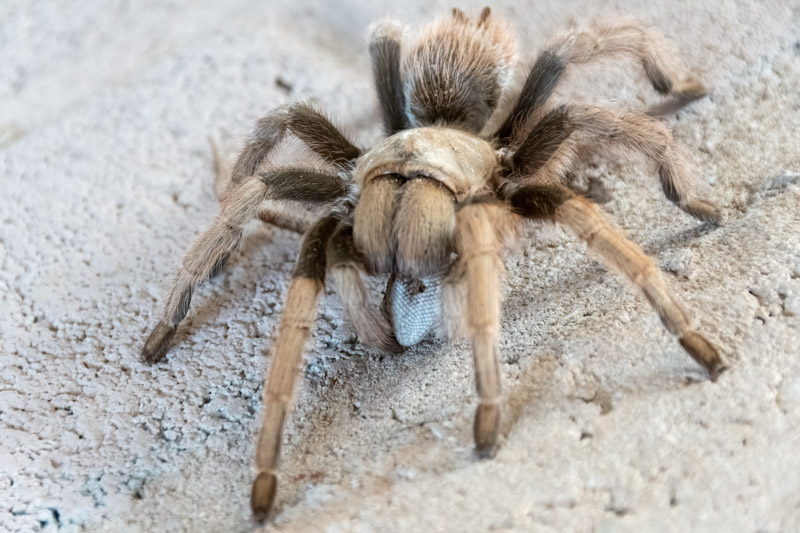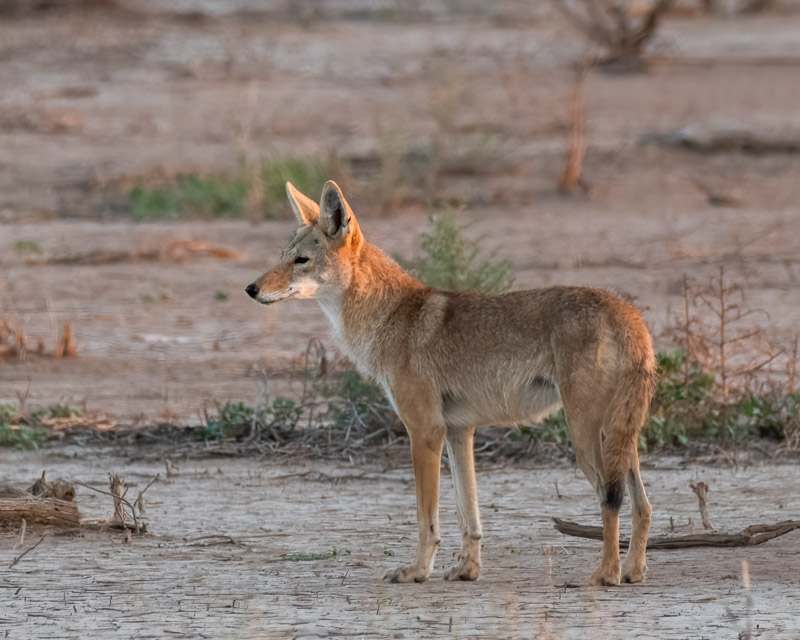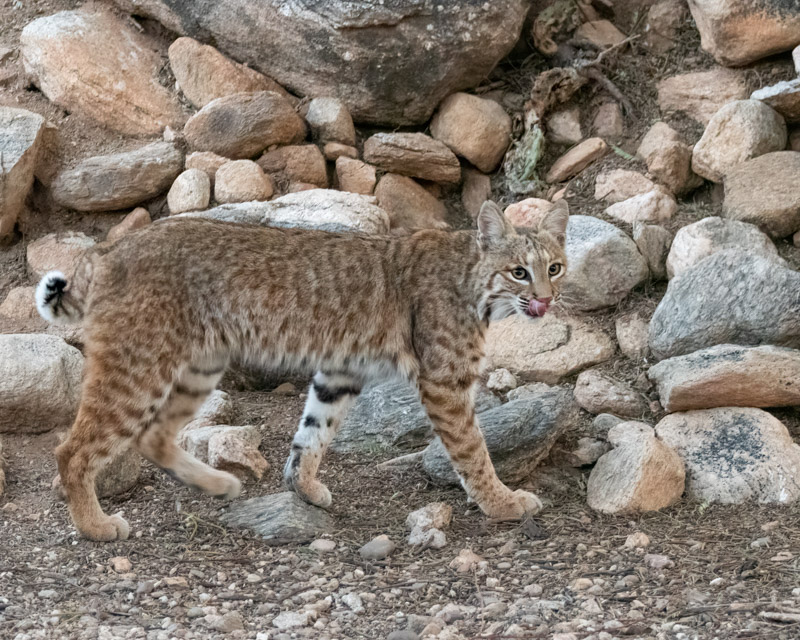The breeding range of the desert Purple Martin lies in the heart of the Sonoran Desert and reaches the extreme southwest of Arizona, northwest Mexico, and Baja California.
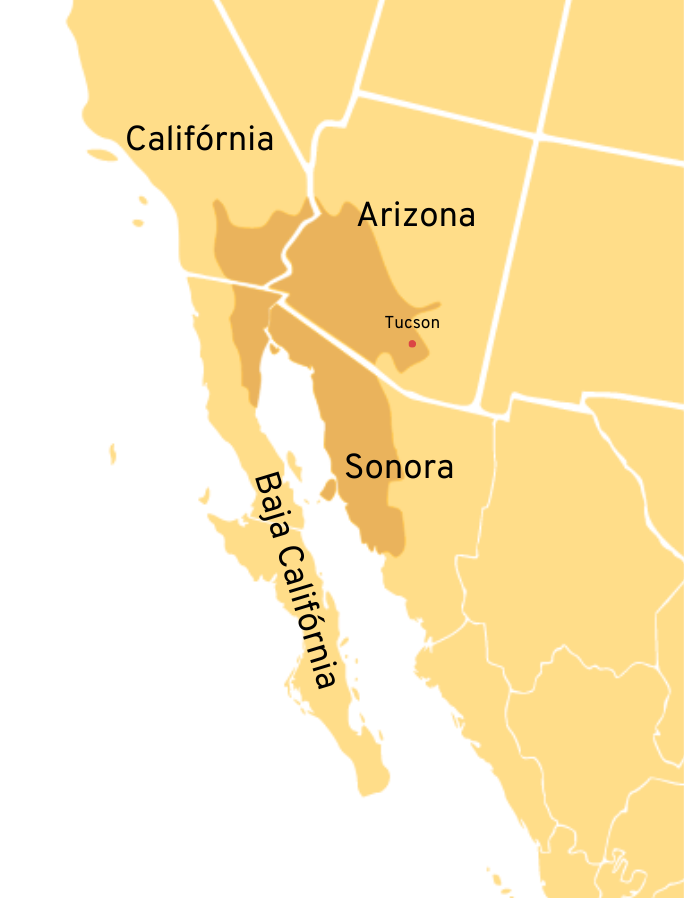








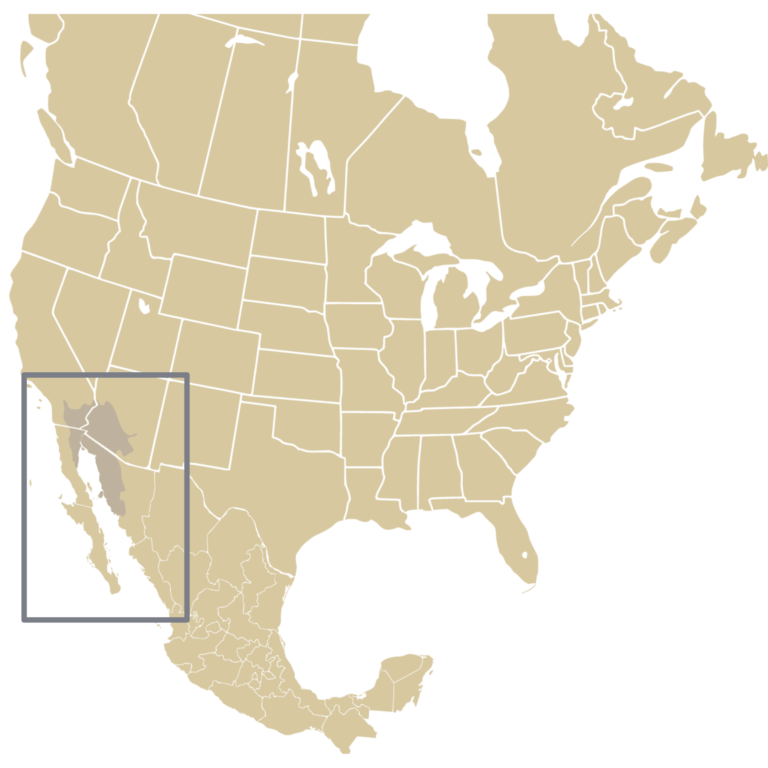
The breeding range of the desert Purple Martin lies in the heart of the Sonoran Desert and reaches the extreme southwest of Arizona, northwest Mexico, and Baja California.

June – August
Intense heat, some animals are nocturnal to avoid heat.
Monsoon Season, July – September
Sudden rainfall, dormant seeds awaken, temporary abundance.
September – November
Cooler transition, plants set seeds, wildlife prepares for winter.
December – February
Cooler temperatures with occasional rain showers; some plants bloom
March – May
Temperatures rise, wildflowers bloom, animals become active.

The seasons place an important driver for biodiversity in the Sonoran desert. Saguaros themselves have an annual schedule in rhythm with the changing seasons.
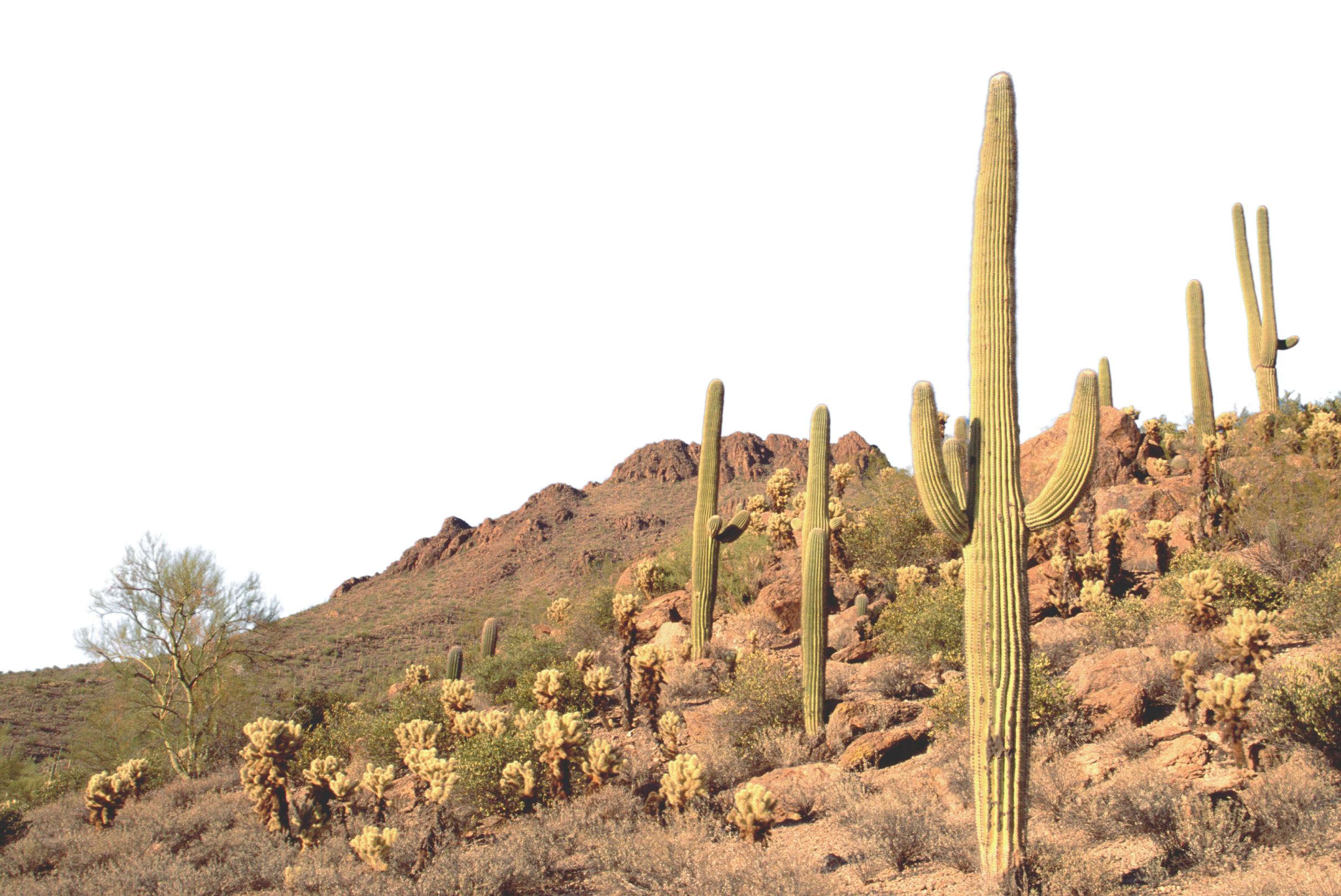
Saguaros are slow growing plants, but they can live to be 300 years old. It can take them 35 years to grow their first flowers, 70 years to grow their first arms, and 80 years or more to reach the size required to support cavity-nesting birds.
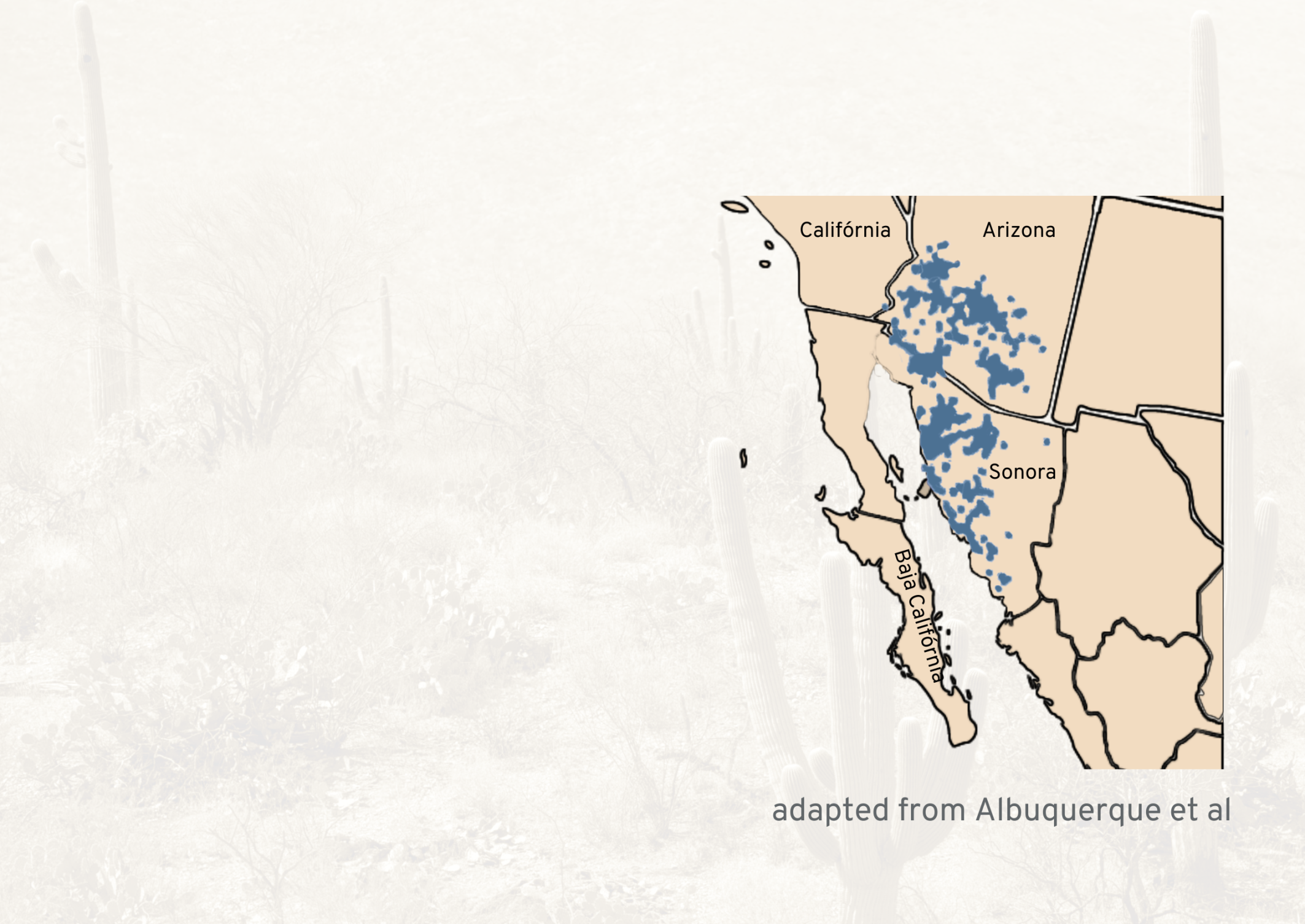
Saguaros have a relatively small range, only existing in Arizona, north western Mexico, and a tiny corner of California. Since saguaros are not a frost tolerant species their range to the north is limited by temperature. Saguaros also require areas that receive regular summer monsoon rains.
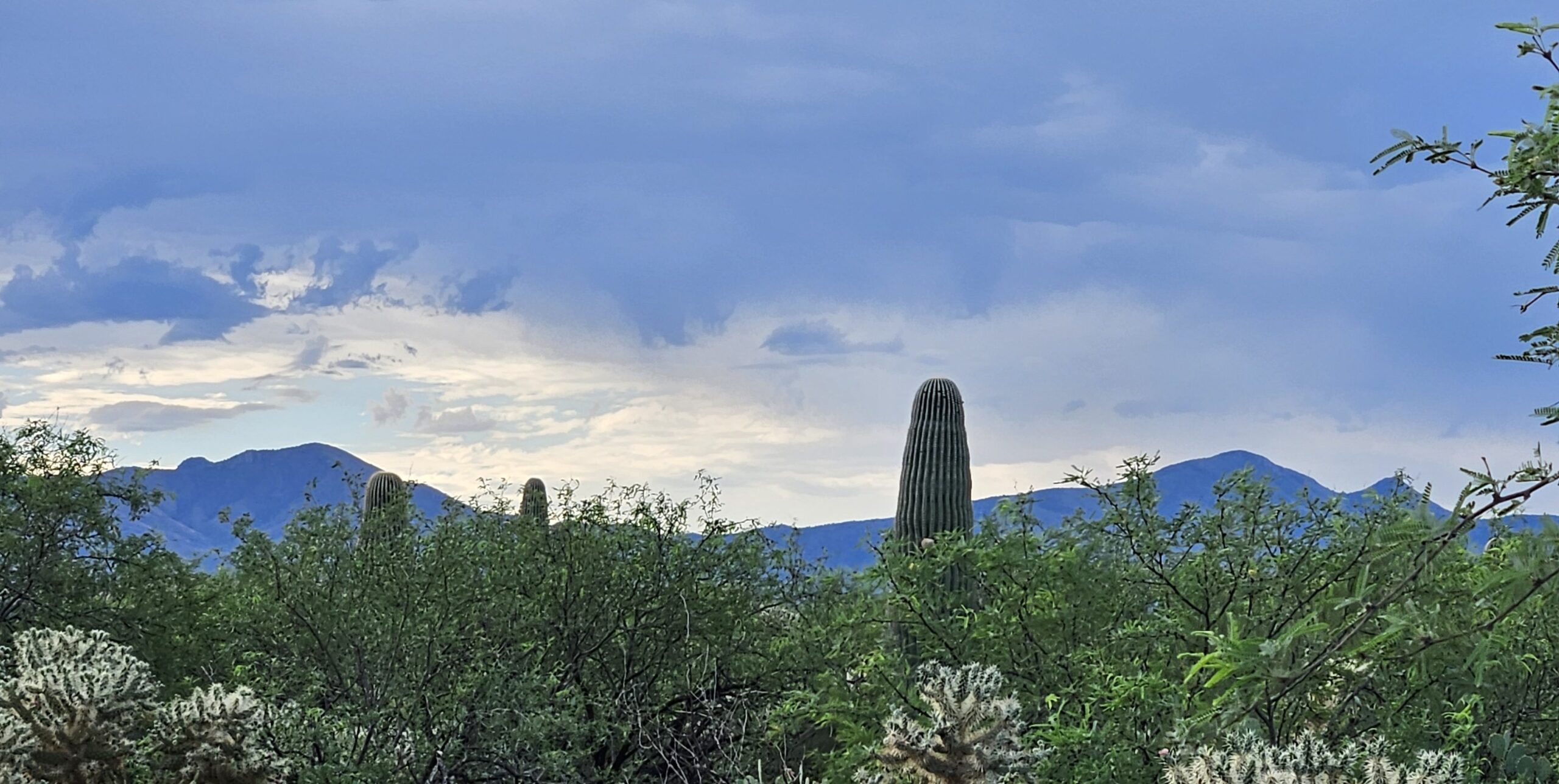
The Sonoran Desert is very dry most of the year, but receives excessive rainfall during the monsoon season. Saguaros have adapted to this seasonal rainfall by evolving water storage capacity that they can use during the dry season.

The saguaro has pleats that expand like an accordion when the water is being absorbed and contract when water is used during the dry season.

It takes 2 good consecutive monsoon seasons and 1 wet winter for new saguaros to germinate, which happens about once every 20 years

Wildfires have always occurred in the Sonoran Desert, but they used to be small and short-lived since there weren’t many plants to fuel the fires. This has changed with the emergence of invasive grasses, which have quickly spread and created a dense mat of fuel for wildfires.

This poses huge threats for saguaros and other native wildlife which are now exposed to fires that are hotter and more frequent than ever before

The seasons place an important driver for biodiversity in the Sonoran desert. Saguaros themselves have an annual schedule in rhythm with the changing seasons.

Saguaros are slow growing plants, but they can live to be 300 years old. It can take them 35 years to grow their first flowers, 70 years to grow their first arms, and 80 years or more to reach the size required to support cavity-nesting birds.

Saguaros have a relatively small range, only existing in Arizona, north western Mexico, and a tiny corner of California. Since saguaros are not a frost tolerant species their range to the north is limited by temperature. Saguaros also require areas that receive regular summer monsoon rains.

The Sonoran Desert is very dry most of the year, but receives excessive rainfall during the monsoon season (which is roughly June to September). Saguaros have adapted to this seasonal rainfall by evolving water storage capacity that they can use during the dry season. The saguaro has pleats that expand like an accordion when the water is being absorbed and contract when water is used during the dry season.

It takes 2 good consecutive monsoon seasons and 1 wet winter for new saguaros to germinate, which happens about once every 20 years

Wildfires have always occurred in the Sonoran Desert, but they used to be small and short-lived since there weren’t many plants to fuel the fires. This has changed with the emergence of invasive grasses, which have quickly spread and created a dense mat of fuel for wildfires. This poses huge threats for saguaros and other native wildlife which are now exposed to fires that are hotter and more frequent than ever before
